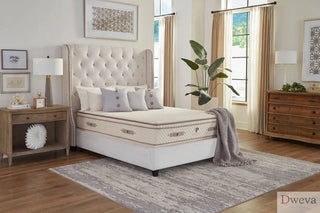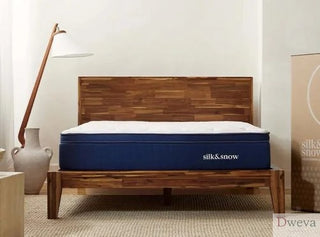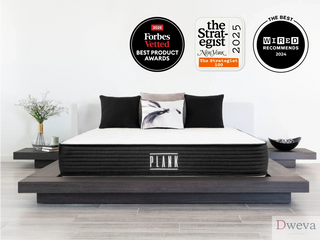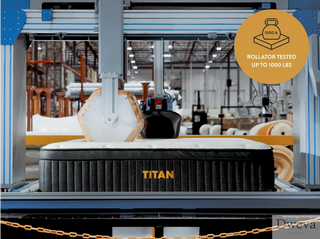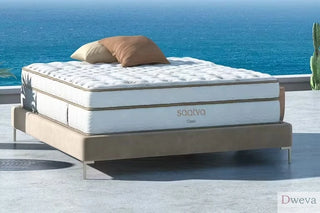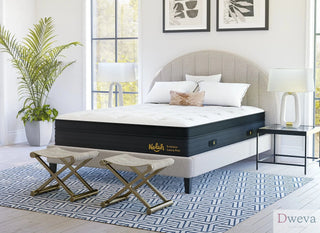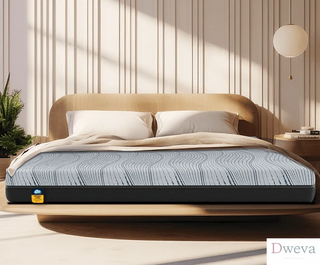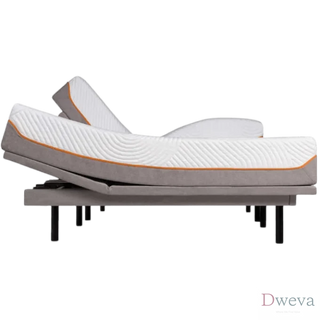Choosing the best mattress for kids is crucial for their comfort, safety, and healthy development. From babies in their cribs to toddlers transitioning to bigger beds, the mattress plays a vital role in supporting proper sleep posture and ensuring a safe sleeping environment. In this guide, we’ll explore how to select the right mattress, covering crib mattress size options, benefits of organic crib mattresses, and features to look for in toddler mattresses. Whether you're researching the Newton baby crib mattress or searching for the ideal playpen mattress, we provide practical advice to help parents make informed decisions for every stage of childhood.
- 1. Understanding the Best Mattress for Kids: Safety and Comfort First
- 2. Choosing the Right Crib Mattress: Size and Materials
- 3. Toddler Mattress: Transitioning from Crib to Big Kid Bed
- 4. Mattress Types for Infants and Babies: Bassinets and Playpens
- 5. Top Features to Look for in Kids Mattresses
- 6. Care and Maintenance of Kids Mattresses
- 7. Where to Buy the Best Mattress for Kids
Understanding the Best Mattress for Kids: Safety and Comfort First

Why Mattress Choice Matters for Kids
When it comes to the best mattress for kids, safety is non-negotiable. Babies and young children spend many hours sleeping, so a mattress that promotes healthy spinal alignment while minimizing risks such as suffocation or allergen exposure is essential. An appropriate mattress also supports growth and prevents discomfort that can disrupt sleep quality.
Key Safety Standards to Look For
Look for mattresses that meet federal safety regulations for flammability and contain certifications like CertiPUR-US or OEKO-TEX, which ensure low chemical emissions. For infants, the mattress should be firm and fit snugly within the crib mattress size to eliminate gaps where a child could get trapped.
Choosing the Right Crib Mattress: Size and Materials
Standard Crib Mattress Size and Fit
Most cribs require a mattress measuring approximately 52 inches long by 28 inches wide. Ensuring the crib mattress size matches your crib perfectly is critical to prevent unsafe gaps. Always measure your crib before purchasing and select a mattress labeled as a standard crib size or confirm dimensions accordingly.
Material Types: From Memory Foam to Organic Options
Memory foam crib mattresses offer excellent contouring and pressure relief but beware of heat retention and ensure the foam is CertiPUR-US certified for safety. On the other hand, organic crib mattresses are made from natural materials like organic cotton, wool, and latex, reducing chemical exposure and promoting breathability. For example, the Newton baby mattress is popular for its breathable design resistant to allergens and dust mites, providing peace of mind for parents.
Toddler Mattress: Transitioning from Crib to Big Kid Bed
What Makes a Good Toddler Mattress?
A toddler mattress is often the same size as a crib mattress (sometimes convertible for cot bed mattress frames). Choosing the right toddler mattress means balancing firmness and comfort. It should be firm enough to support the growing spine but sufficiently cushioned to comfort active sleepers.
Popular Options and Features
Many parents opt for dual-purpose cot and mattress sets that grow with their children. Removable, washable covers are a practical addition for easy cleanup. Brands like Newton offer mattresses that continue to meet safety standards beyond infancy, making the Newton baby crib mattress also suitable as a toddler mattress.
Mattress Types for Infants and Babies: Bassinets and Playpens

Bassinet Mattress Essentials
Bassinet mattresses are smaller but require the same firm, snug fit and breathable materials to keep infants safe. Due to their size, parents should ensure that the mattress fits perfectly with no gaps and that the material supports adequate airflow.
Playpen Mattresses and Comfort
For portable sleep spaces, a playpen mattress should be lightweight, easy to clean, and firm. Some are thin for portability but adding a soft, breathable topper can enhance comfort while maintaining safety.
Top Features to Look for in Kids Mattresses
- Firmness: Firm support helps prevent suffocation risk for babies and supports proper spinal alignment for toddlers.
- Breathability: Materials like organic cotton, wool, and latex improve airflow, helping regulate body temperature and reduce overheating.
- Hypoallergenic Properties: Organic and specially treated materials resist dust mites, mold, and other allergens.
- Easy to Clean: Waterproof or removable covers simplify maintenance and extend mattress life.
- Certifications: Look for CertiPUR-US, GREENGUARD Gold, and OEKO-TEX labels to ensure safety from harmful chemicals.
Benefits of an Organic Crib Mattress
Choosing an organic crib mattress reduces exposure to synthetic chemicals, harmful flame retardants, and allergens. These mattresses use natural fibers, which help wick moisture and prevent the accumulation of dust mites. Parents seeking peace of mind often choose organic options for their baby’s nursery.
Memory Foam Crib Mattress: Pros and Cons
Memory foam crib mattresses are lauded for pressure relief and comfort but can retain heat which may not be ideal for babies. If opting for memory foam, ensure the mattress has a breathable cover and meets all safety certifications.
Care and Maintenance of Kids Mattresses

Cleaning Tips for Longevity
To keep your child’s mattress clean and hygienic, use a mattress protector and wash covers regularly. Spot clean stains promptly and air out the mattress to prevent moisture buildup. Avoid harsh chemicals that could degrade organic or foam materials.
When to Replace Your Child’s Mattress
Look for signs of wear such as sagging, indentations, or diminished support. Typically, crib and toddler mattresses last 3–5 years but replacing them as your child grows ensures continued comfort and safety.
Where to Buy the Best Mattress for Kids
Trusted Brands and Retailers
Well-known options include the Newton baby crib mattress for breathability and safety, as well as organic mattress brands that balance sustainability and comfort. Many retailers now offer detailed product descriptions and certifications for peace of mind.
Online vs. In-Store Buying Considerations
Buying online offers convenience and wider choices, but consider checking mattress samples in-store when possible, especially for toddler mattresses. Always verify the return policy and trial period for the best mattress for kids to ensure a good fit.
Choosing the best mattress for kids means prioritizing safety, comfort, and growth needs across different stages, from crib to toddler bed and beyond. Paying close attention to crib mattress size, material quality, and certifications ensures a healthy sleep environment for your child. Explore options like organic crib mattresses for natural comfort and consider versatile models such as the Newton baby mattress to support your child’s development. For further insight and hands-on advice, explore product descriptions and customer reviews to find the ideal kids mattress tailored to your family’s needs.



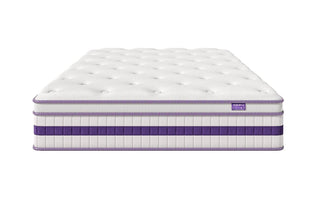
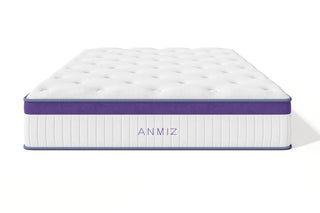
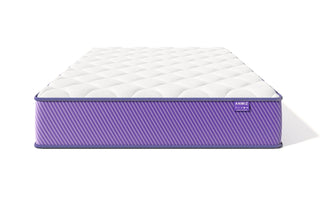
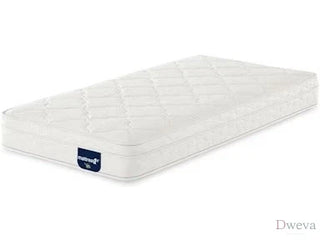




 https://dweva.com
https://dweva.com
